Ever Considered Bamboo Flooring? Meet the New Eco Choice, and Discover Its Pros and Cons
Serving on both style and sustainability, we've asked the experts everything you need to know when specifying bamboo flooring in your home


The quest for more sustainable choices for our homes has seen bamboo flooring grow in popularity as an alternative to hardwood. Both wood and bamboo flooring are plant-based rather than synthetic, of course, but for increasing numbers of interiors aficionados, bamboo has a certain edge.
Bamboo is among a host of eco flooring options that also includes jute and sisal, linoleum and cork, as well as wood, so it’s worth understanding what the material offers — the pros and cons of bamboo flooring — especially since it's often an either/or decision compared to more traditional flooring choices.
To help you make a sound (and sustainable) decision for your home, we've compiled everything you need to know about this wood flooring idea: details on the sustainability, durability, and care needs of bamboo flooring, along with information on how to identify high quality options. And because style matters, especially here at Livingetc, we've included expert advice on its aesthetics, too.
How Sustainable Is Bamboo Flooring?
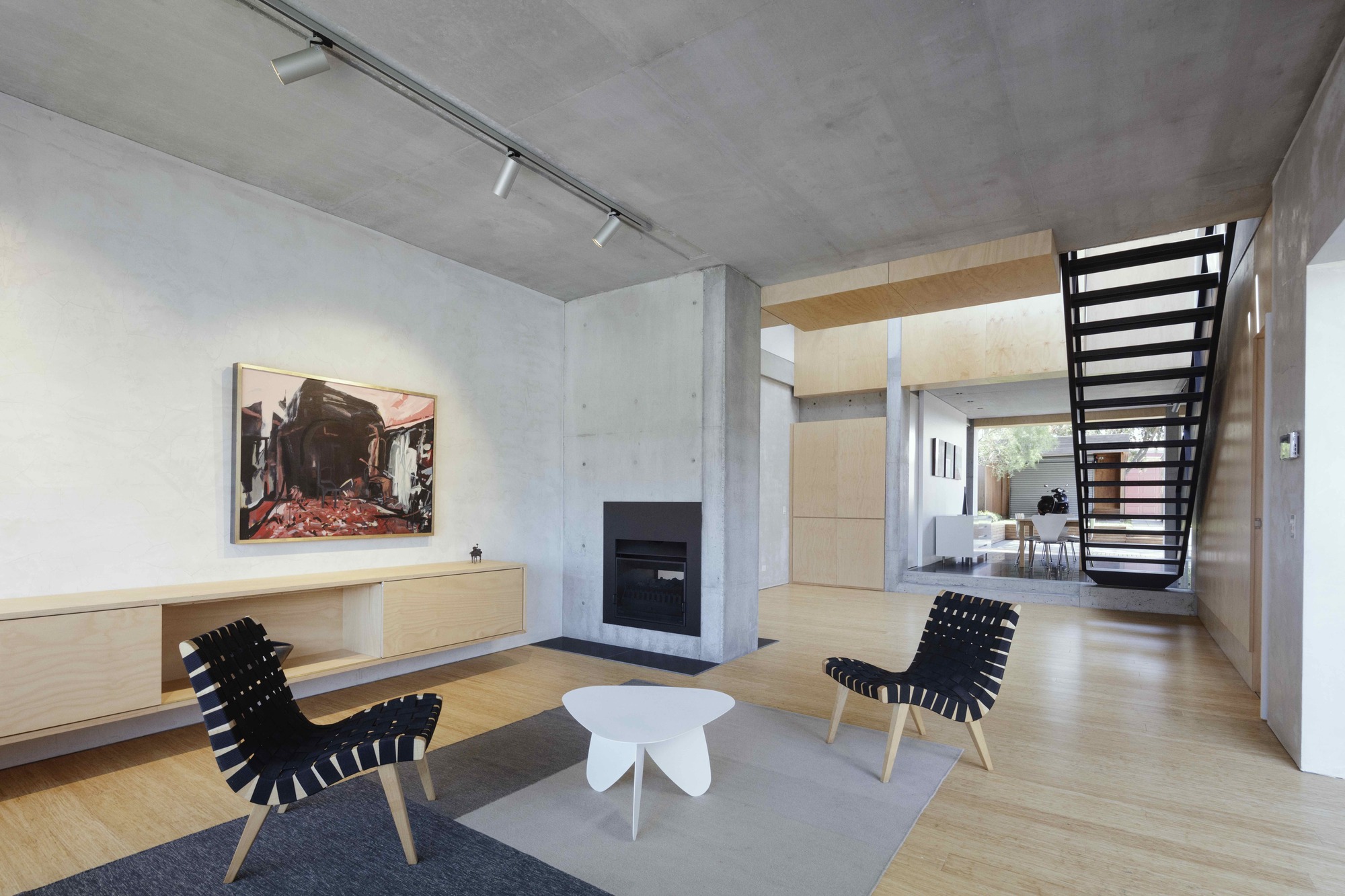
"After seven years of living in the house, we can confidently say the bamboo has proven to be a beautiful and robust floor finish for a growing family of five," says Angela Rheinlaender, partner of architecture and interiors firm, Studio 203.
Its sustainability is frequently the factor that attracts most buyers to bamboo flooring, and there are several reasons why it has good eco-credentials that make it a good choice for a sustainable home.
“Bamboo — a giant grass — is super fast growing compared to the several decades that timber takes to get to the stage it sequesters carbon dioxide at the same pace,” explains interior designer Chloe Bullock of Materialise Interiors and author of Sustainable Interior Design (available on Amazon). “Growing bamboo regenerates soil quality too, so both the soil and the plant will sequester carbon. It’s durable and can be sanded and refinished to extend its lifespan.”
“As with any biobased flooring, one thing to watch is any toxic chemicals that could used in binding adhesives and coatings as this is not healthy for indoor air quality or for safe decomposition at the eventual end of its life,” she adds. (We go into more detail on this below.)
Types of Bamboo Flooring
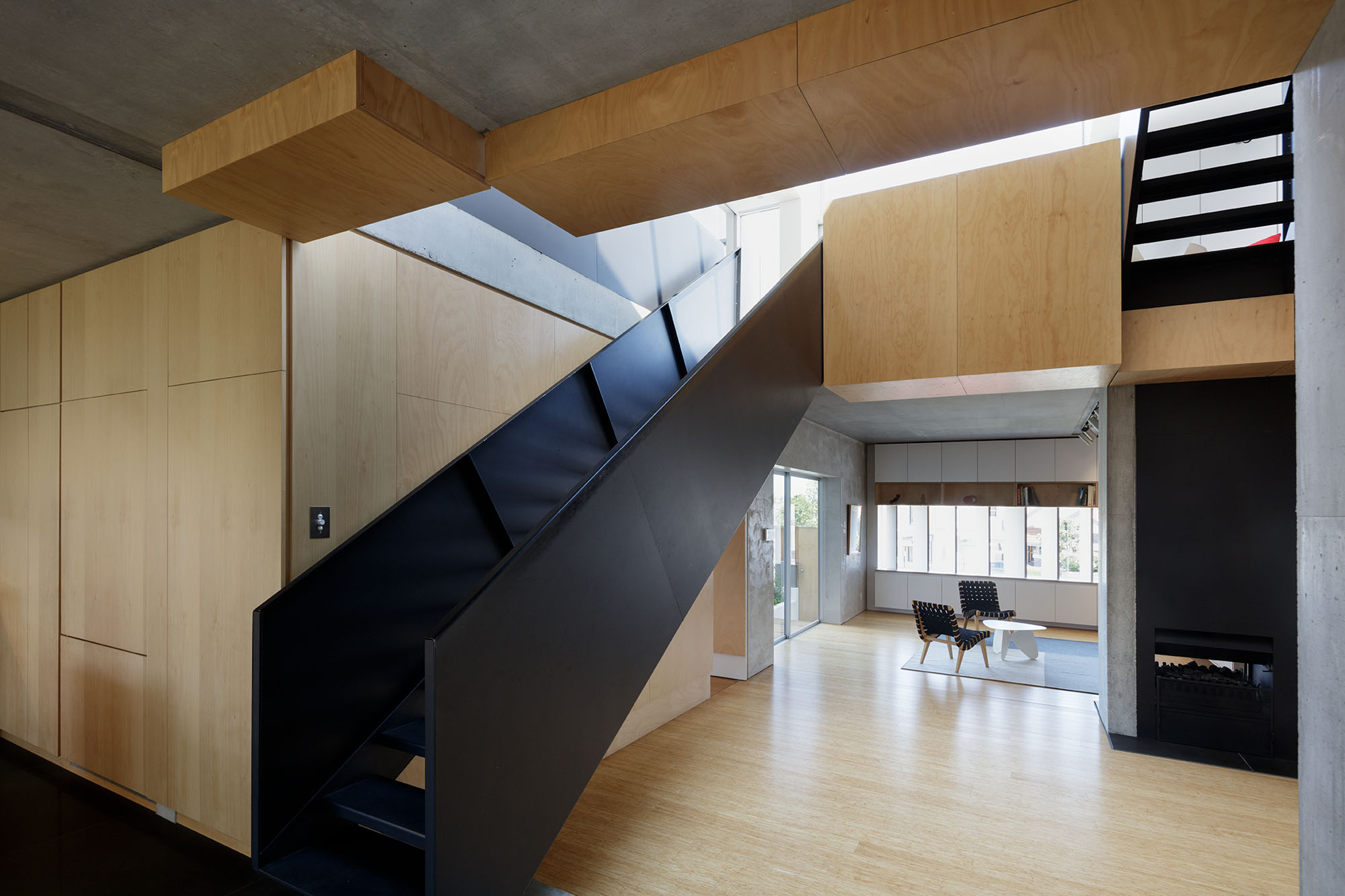
The different types of bamboo flooring all come with their own aesthetic.
Just as when you’re buying hardwood flooring, you can choose from engineered or solid bamboo floors.
The Livingetc newsletters are your inside source for what’s shaping interiors now - and what’s next. Discover trend forecasts, smart style ideas, and curated shopping inspiration that brings design to life. Subscribe today and stay ahead of the curve.
“There is no difference in terms of appearance or the way it wears,” explains Wayne Hawkes of Simply Bamboo. “The two main reasons for using engineered over solid are, first, you can only use the engineered versions over underfloor heating. Solid bamboo flooring is not suitable for that use. And, secondly, you can have wider boards with engineered.”
When it comes to buying bamboo flooring, you'll also need to choose between stand woven, or one with horizontal or vertical grain. Horizontal refers to when the strips of bamboo are glued flat side up to form a plank, and has a wider and more obvious grain pattern. Vertical has strips glued with narrow edges up to make the plank and, as such, its grain is less apparent.
Stand-woven bamboo flooring is made by compressing bamboo fibers under high pressure to form the planks. “Strand woven is a random pattern,” says Wayne.“It is substantially stronger and harder wearing than the original version of bamboo flooring — horizontal and vertical.” Parquet strand-woven bamboo is available as well as planks.
You'll need to consider color, too. “For a fresher, lighter feeling, you should opt for lighter colors, with darker tones adding depth, contrast and more of a dramatic effect,” says Emma Deterding, founder and creative director, Kelling Designs.
How to Choose Quality Bamboo Flooring
To ensure that the bamboo flooring select has optimum sustainability there are particular certifications you can look out for.
A FSC (Forest Stewardship Council) certification shows that the bamboo comes from a forest managed to the body’s environmental, social, and economic standards.
Programme for the Endorsement of Forest certification (PEFC) is an alternative to look for, and ensures for responsible forest management.
FloorScore certification, meanwhile, shows the flooring meets the certifying body’s indoor air quality requirements.
The Pros of Bamboo Flooring
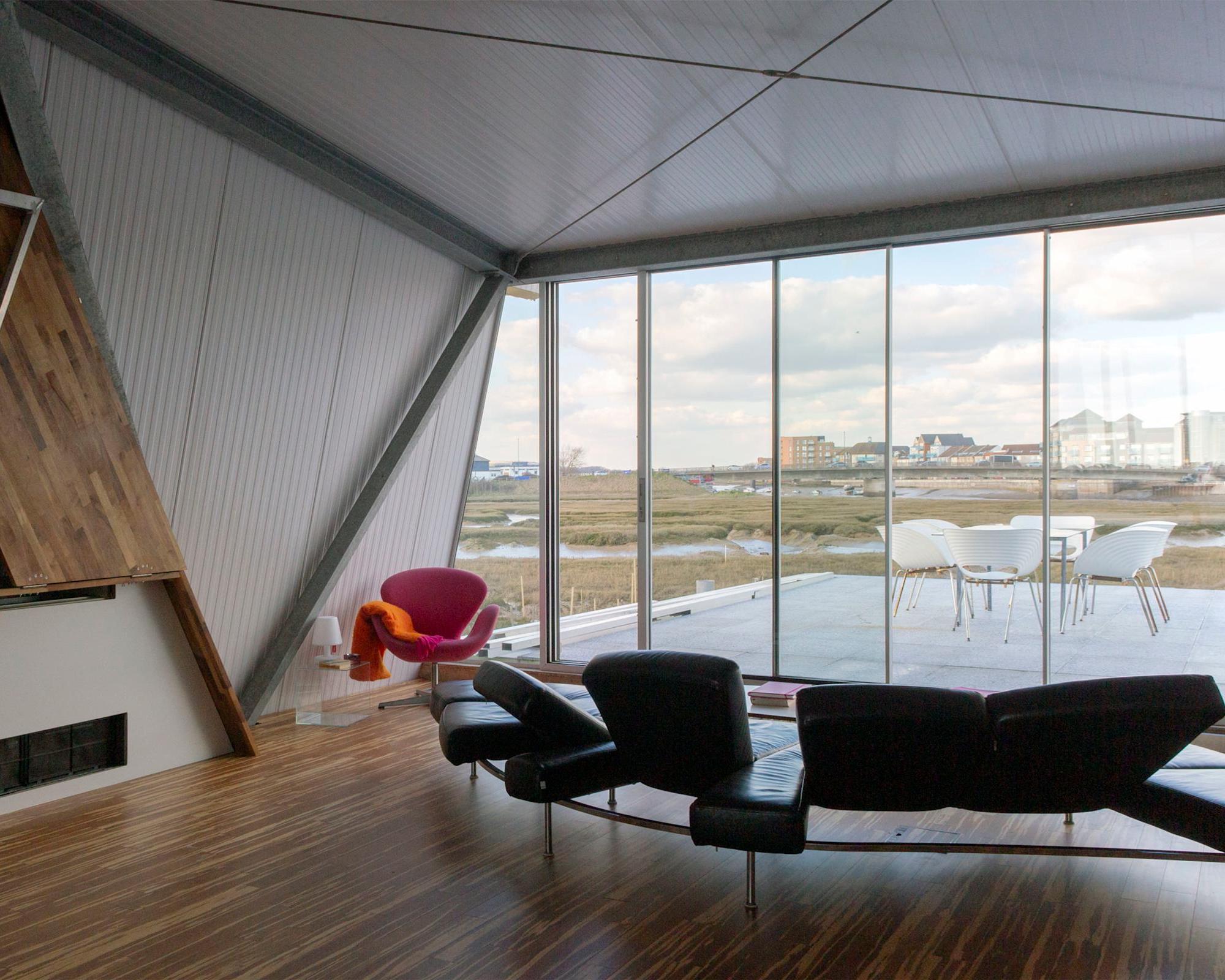
Durable, affordable, sustainable — there are plenty of benefits to bamboo flooring.
Durability
Bamboo flooring has a hardness rating similar to hardwoods, but bear in mind the wood species to which it is compared matters with bamboo’s rating lower than some species and higher than others.
It’s hardness makes it suitable for high traffic areas (like as a durable kitchen flooring option), and when properly installed and maintained, bamboo flooring can be a durable choice.
Affordability
Typically, bamboo is less expensive than either solid hardwood or engineered wood flooring. Solid strand-woven bamboo (discussed above) tends to be the most expensive type of bamboo flooring, but its benefits can make it worth the spend.
Maintenance
Bamboo flooring is easy to care for but it should be vacuumed using the hard floor setting on your unit very frequently to remove loose dirt and dust.
You'll need to follow vacuuming by wiping the floor with a gentle floor cleaner, such as one that’s suitable for wood floors, on a clean microfibre cloth, and always clean up spills straightaway.
But you shouldn't wet mop or steam mop a bamboo floor, as it can cause it to swell and warp. As with all other flooring choices, mats at the entrances to your home should be used to avoid tracking dirt and grit onto the floor.
Aesthetics
Aesthetically as well as in terms of sustainability, bamboo flooring is an appealing option. “Bamboo floors have a clean and natural look that brings warmth to any living space,” says Emma Deterding. “With a smooth texture and subtle grain, it’s ideal for creating a refined look and versatile enough to work in any interiors — classic or contemporary.”
But, a word of warning from Angela Rheinlaender, partner at architecture and interior firm, Studio 203: "You'll want to ensure sufficiently wide and well-coordinated expansion joints at recommended intervals," she says. "Unfortunately, standard joint covers are often unsightly and inadequate. We've developed our own expressed joint details for a cleaner finish."
The Cons of Bamboo Flooring
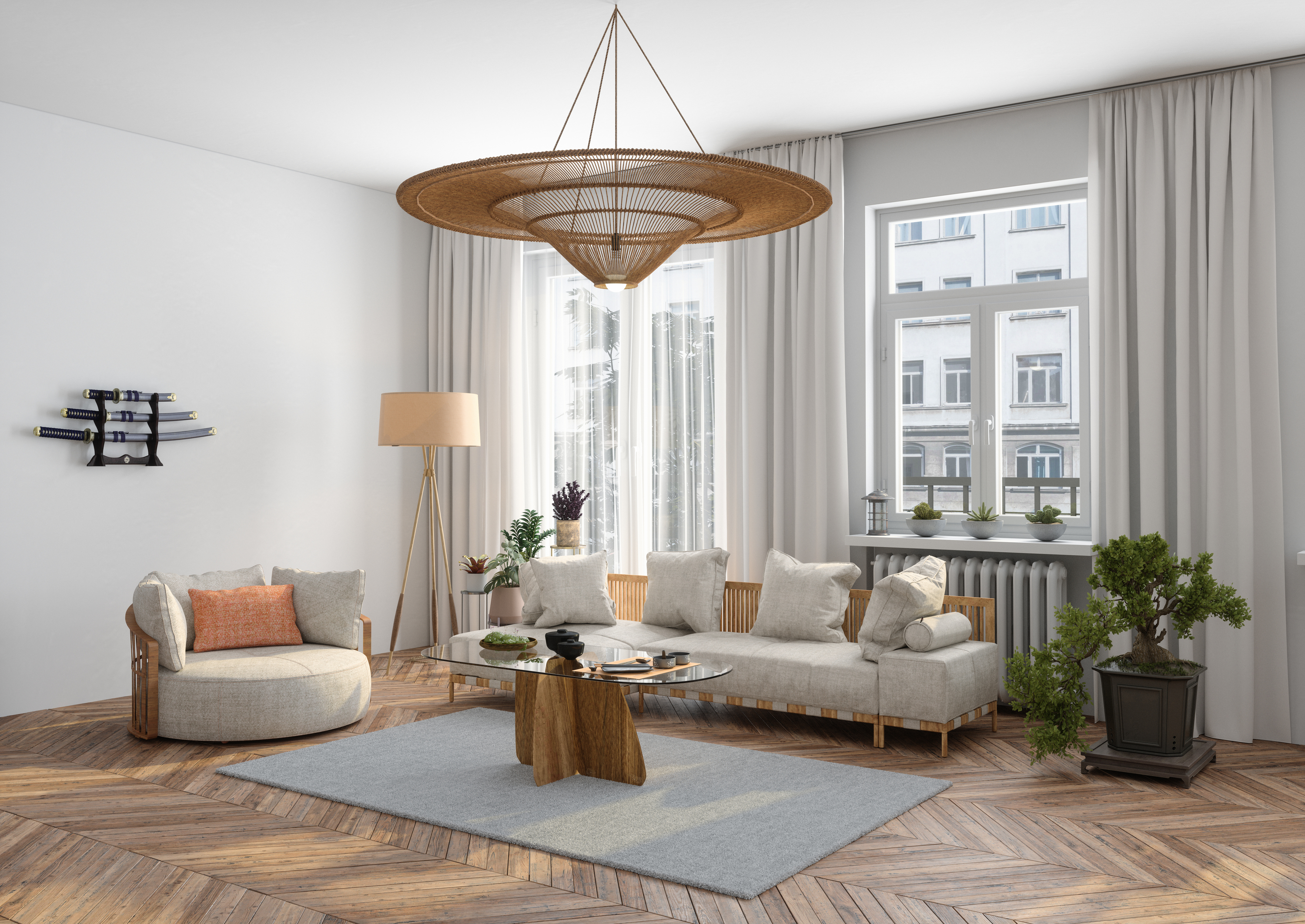
Bamboo floors can be sensitive to moisture, especially oils, and prone to scratching and scuffing if not taken care of.
Scratching
Unfortunately, there are some downsides to bamboo flooring, such as the fact that they can be easily scratched — hence the need to keep up with vacuuming and to use doormats at every entrance so grit and dirt can’t damage the floor.
Ideally, outdoor shoes shouldn’t be worn on a bamboo floor and stilettos, especially, can cause damage. It’s also important that items such as furniture and toys aren't dragged across a bamboo floor. Felt pads on the feet of furniture should also be used.
But in saying that, "If it becomes worn over time, it can be sanded and resealed just like traditional timber floorboards," says Angela. "My own flooring still shows minimal signs of wear after seven years of use, it looks actually rather new."
Moisture sensitivity
Bamboo is hygroscopic, as is hardwood, expanding and contracting in response to changes in moisture levels in the atmosphere. "It’s essential to prevent moisture ingress not only from beneath the flooring but also from the sides," says Angela. "This can be achieved by installing a proper moisture barrier between the bamboo grain and any adjoining masonry or moisture-retaining walls, along with allowing adequate space for expansion."
When sealed properly, bamboo flooring can offer some moisture resistance, meaning it can be used in both kitchens and bathrooms. “We have been selling our products to be installed in these areas since we began 25 years ago,” says Wayne Hawkes.
But other retailers may suggest that bamboo isn’t best used in bathrooms, so it's always wise to double check the terms of the warranty. Bear in mind, too, that bamboo floors aren’t waterproof and while water and spills shouldn’t be a problem if they are wiped up straightaway, if the volume of liquid is large and it is left to penetrate the floor, it can cause damage.
Chemicals
As we noted in relation to bamboo’s sustainability, it’s important to be aware of the chemicals that are used in its manufacture. Lower quality versions may make use of adhesives that can release volatile organic compounds (VOCs) when it’s in situ, and cause both short and long term health effects.
Opt for bamboo flooring that has ultra low VOCs to avoid these potential harms (and see above for information on certifications).
How to Style Bamboo Flooring
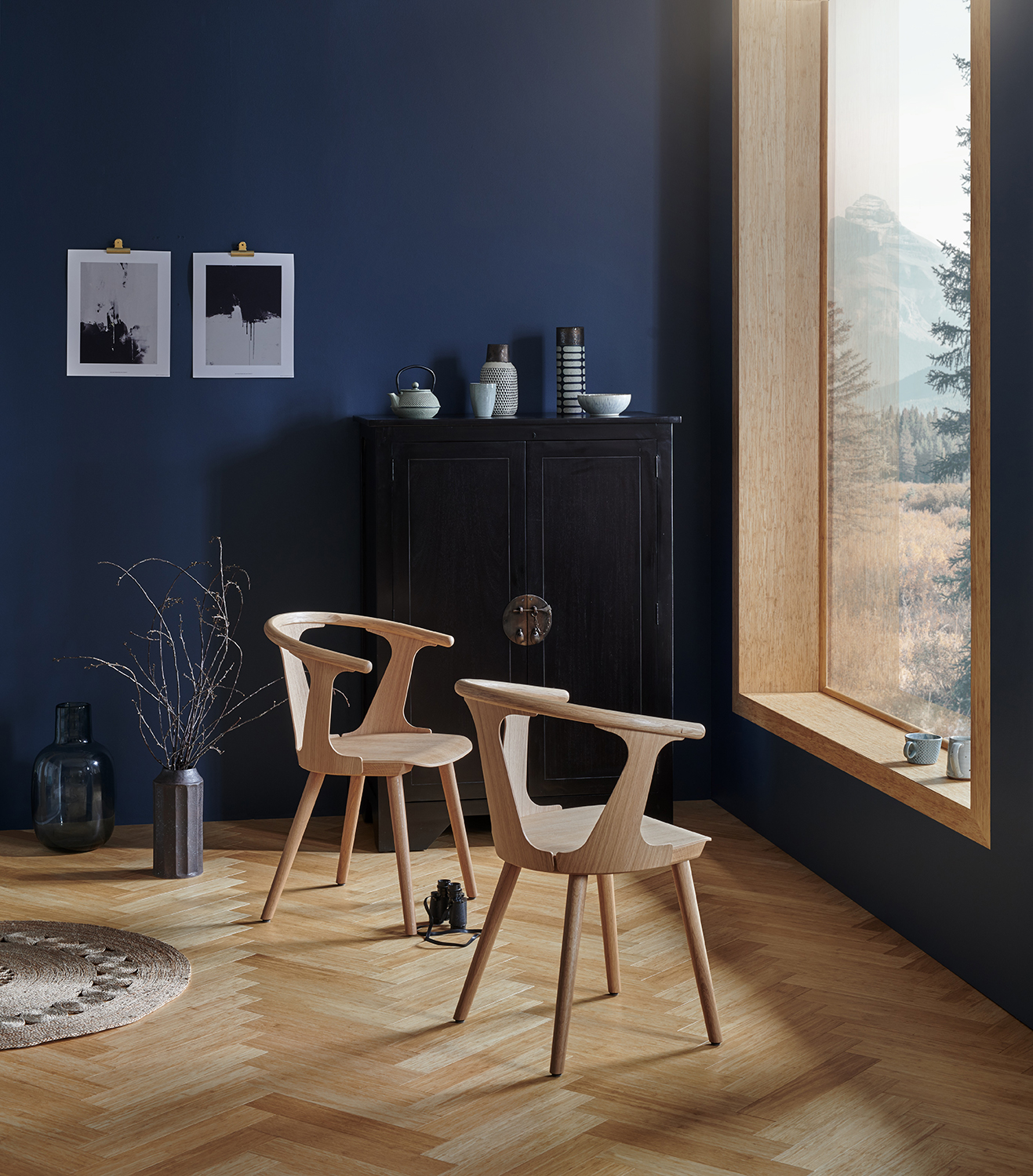
Just like typical timber flooring, bamboo can work with all different styles.
Versatile bamboo flooring is easy to work with in an interior. “In modern design schemes, it brings a sleek finish,” says Emma Deterding. But, she notes, “it’s important to strike the balance between the natural and organic warmth of bamboo with modern elements like metal, glass, and lightweight textiles.”
“In a more traditional or rustic setting, the grounded and earthy nature of bamboo adds to the overall scheme,” Emma says. “Horizontal grain floors will showcase the variation of the bamboo, complementing natural textures like stone and reclaimed wood for a really rustic, lived-in feel. Richer tones and matt finishes will only enhance that cozy aesthetic, whilst choosing finishes that highlight the natural beauty of the material will keep the look authentic and really inviting.”
Note, too, that bamboo can be a good flooring choice in other interior styles, too. “Bamboo floors work effortlessly in most design schemes — from Scandi-inspired, to coastal or Japanese-minimalist schemes,” Emma says. “Always be sure to consider the grain, color, and finish, ensuring you choose designs that enhance your overall design scheme.”
Sustainability and (and should) be an important factor in your flooring choice, but it has to fulfil other criteria, too. If you're looking for a stylish and sustainable choice for your home, it's worth considering cork flooring, too, which is trending in the interior design world right now.

Sarah is a freelance journalist and editor. Previously Executive Editor of Ideal Home, she’s specialized in interiors, property and gardens for over 25 years. She’s written for websites including Houzz, Channel 4’s flagship website, 4Homes, and Future’s T3; national newspapers including The Guardian; and brands including Future’s Homes & Gardens, Country Homes & Interiors, Homebuilding & Renovating, and Period Living, as well as House Beautiful, Good Homes, Grand Designs, Homes & Antiques, and The English Home among others. It’s no big surprise that she likes to put what she writes about into practice, and is a serial house renovator.